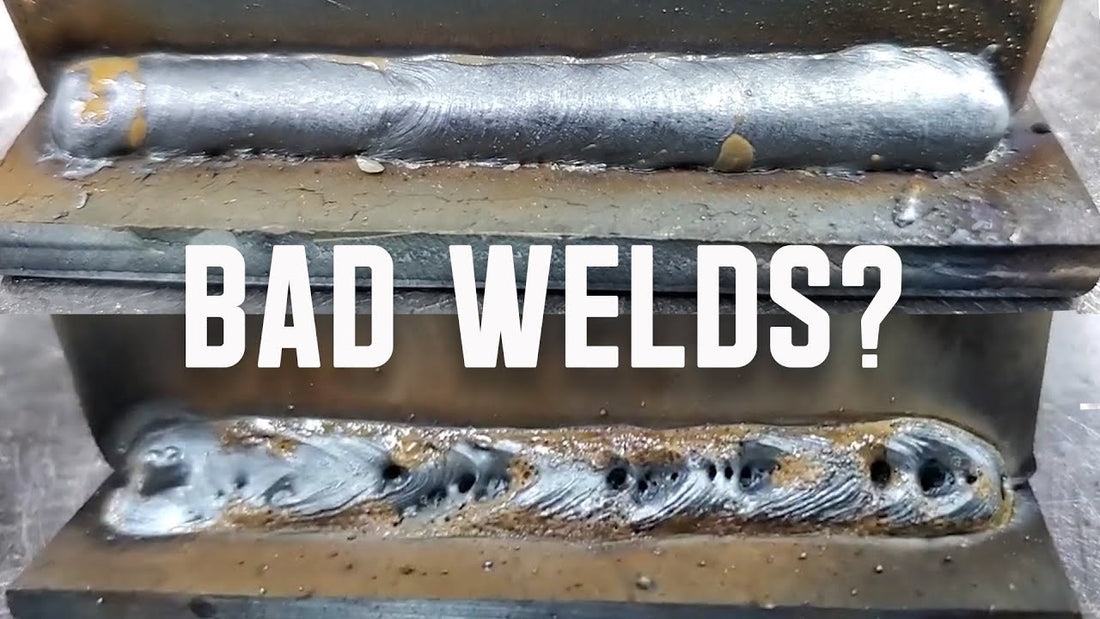Specialist Strategies for Preventing Weld Undercut Efficiently
Specialist Strategies for Preventing Weld Undercut Efficiently
Blog Article
Grasping the Art of Welding: Just How to Prevent Undercut Welding Issues for Flawless Manufacture Outcomes
By recognizing the origin causes of undercut welding and implementing effective methods to prevent it, welders can elevate their craft to new levels of excellence. In the quest of remarkable fabrication results, mastering the art of welding to prevent undercut problems is not simply a skill but a necessity for those striving for perfection in their job.
Comprehending Undercut Welding

To avoid undercut welding, welders ought to make sure appropriate welding parameters, such as changing the present, voltage, travel speed, and preserving the appropriate electrode angle. By recognizing the reasons of undercut welding and implementing preventive measures, welders can attain high-quality, structurally sound welds.
Root Causes Of Undercut in Welding
Comprehending the aspects that add to undercut in welding is important for welders to produce high-grade, structurally audio welds. When the weld steel does not effectively fill the groove formed between the base metal and the formerly deposited weld steel, damaging happens. Several variables can bring about damage in welding. One typical cause is too much warm input. Welding at high temperature levels for prolonged periods can result in the base steel melting greater than wanted, leading to damage. Insufficient welding current or wrong welding rate can also add to undercut. Not enough current may not give adequate warm to thaw the base and filler metals effectively, while extreme speed can avoid correct combination, creating undercut. Furthermore, improper electrode angles or inaccurate lantern control techniques can create locations of reduced weld metal deposition, promoting undercut. Understanding these reasons and carrying out correct welding techniques can aid avoid damaging issues, making sure resilient and solid welds.
Methods to Protect Against Undercutting

To alleviate the threat of damaging in welding, welders can employ strategic welding techniques aimed at improving the high quality and honesty of the weld joints. One reliable technique is to readjust the welding criteria, such as voltage, existing, and take a trip rate, Recommended Site to make certain appropriate warmth input and deposition. Keeping an ideal electrode angle and ensuring consistent travel rate can additionally aid protect against undercut. In addition, making use of the proper welding strategy for the particular joint setup, such as weave or stringer grains, can add to decreasing undercutting. Preventing weld undercut.
Employing back-step welding strategies and controlling the weld grain account can also aid disperse heat equally and minimize the danger of undercut. Normal evaluation of the weld joint throughout and after welding, as well as carrying out quality assurance procedures, can assist in dealing with and identifying damaging concerns promptly.
Significance of Correct Welding Specifications
Picking and maintaining suitable welding specifications is essential for achieving successful welds with marginal issues. Welding parameters refer to variables such as voltage, present, take a trip rate, electrode angle, and protecting gas circulation price that straight influence the welding process. These parameters must be thoroughly changed based upon the kind of product being bonded, its density, and the welding strategy used.
Proper welding parameters ensure the best amount of warmth is related to melt the base steels and filler product evenly. If the criteria are set also high, it can bring about too much warm input, triggering burn-through, distortion, or spatter. On the other hand, if the criteria are also reduced, incomplete fusion, lack of infiltration, or undercutting may occur.
Top Quality Guarantee in Welding Workflow

Final Thought
In verdict, grasping the art of welding needs a thorough understanding of undercut welding, its causes, and methods to prevent it. By ensuring proper welding criteria and applying high quality assurance methods, flawless fabrication results can be attained. It is vital for welders to consistently aim for excellence in their welding procedures to prevent undercut concerns and produce premium welds.
Undercut welding, a common defect in welding processes, occurs when the weld metal does not appropriately fill up the groove and leaves a groove or clinical depression along the bonded joint.To protect against undercut welding, welders should make sure correct welding criteria, such as adjusting the current, voltage, travel speed, and maintaining the correct electrode angle. Inadequate welding wrong or existing welding speed can also add to damage.To mitigate the danger of undercutting in welding, welders can employ strategic welding methods intended at enhancing the quality and stability of the weld joints.In conclusion, grasping the art of welding requires a complete understanding of undercut welding, its causes, and strategies to avoid it.
Report this page